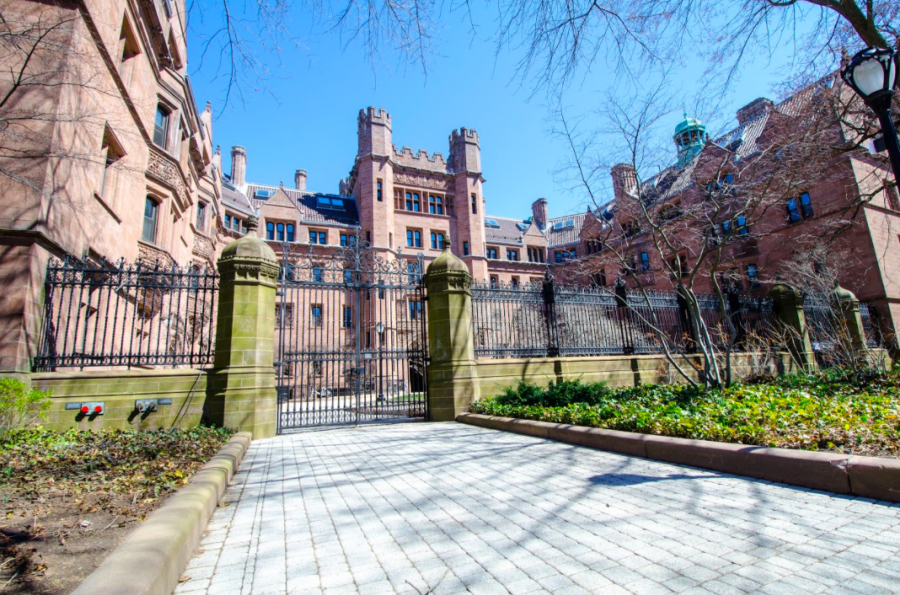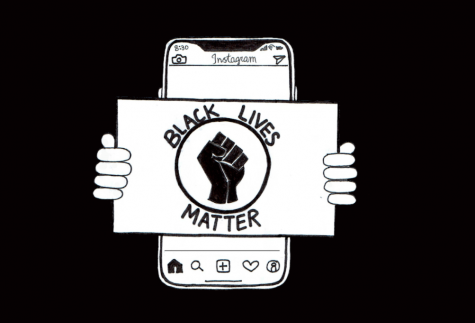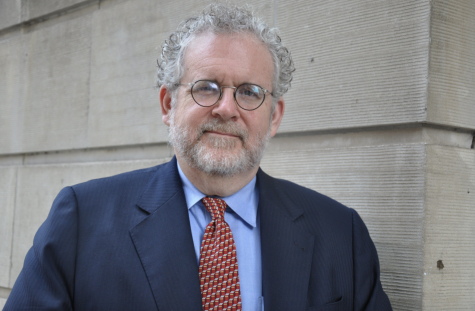Affirmative Action isn’t Actually Harming your Chances at College
With the lawsuit against Harvard as well as the recent report filed by the Department of Justice claiming that Yale discriminates against Asian Americans and white students in its admissions process, affirmative action has recently become a hot-button topic. What many people fail to realize, however, is that these lawsuits will not and are not meant to help Asian American students. Instead, they are a way to promote a false idea of meritocracy and preserve white privilege, while further disadvantaging the students who must already deal with institutionalized prejudice.
The idea of affirmative action was legally introduced on September 24, 1965, by President Lyndon B. Johnson. He issued Executive Order 11246, which required government contractors to take affirmative action. This phrase has come to mean “positive steps taken to increase the representation of women and minorities in areas of employment, education, and culture from which they have been historically excluded” (Stanford Encyclopedia of Philosophy). Colleges and their use of affirmative action in the admissions process fall into the education category. Still, while it is legal for universities to use race as a factor in admissions, it is important to note that race may not be the determining factor and racial quotas are not allowed.
In spite of this law, in 2014, the Students for Fair Admission or SFFA (an anti-affirmative action group) brought a case against Harvard arguing that they were discriminating against Asian Americans through the use of personality ratings. Part of the admissions process involves students being rated on traits such as positive personality and likability, and Asian American students often scored lower than students of other races. However, while this suit was well disguised as something that would help Asian Americans, Edward Blum, the founder of SFFA, had other goals in mind. Blum has ulterior motives. “You can tell that [his] point is not really to fight for Asians,” Janice Zhai ’21 said.
Edward Blum’s intention was likely to harm Black and Latinx communities while helping already privileged white students and he saw the outrage of several Asian American students as a means to achieve this. After all, this lawsuit was hardly the first questionable and racially motivated project that Blum spearheaded. One of his notable works was overturning a provision of the Voting Rights Act (which prohibits literacy tests and other practices that targeted minorities) so that he could further gerrymander certain counties while running for Congress. Similarly, this lawsuit is meant to lower the amount of Black and Latinx students accepted into elite universities with the hopes that it will open up more spots for white people.
Yet several studies refute Blum’s claim that this lawsuit will help both Asian American and white people. In fact, Berkeley economist Zachary Bleemer performed a study examining the UC system, which removed affirmative action from their admission process in 1996 and his results contradicted Blum’s narrative that Black and Latinx applicants are taking the spots of more deserving white or Asian American students. The statistics that Bleemer gathered showed that throughout the past several decades, the removal of affirmative action had very few benefits for white and Asian American people in terms of increased rates of admission, however, it did serve to harm Black and Latinx students. Bleemer’s results were backed by the National Commission on Asian American and Pacific Islander Research in Education as they claimed that the admissions rate for Asian Americans has actually decreased at five of the eight UC schools since race blind admissions was implemented. So while there was an increase in the amount of Asian American students attending these schools, that was due largely to the demographic shift that has taken place in the US over the past several decades.
Another aspect of affirmative action that Blum and others in support of the lawsuit are neglecting is the fact that affirmative action also works to increase representation in terms of gender. In fact, white women are the group that benefits the most from affirmative action, and in the last 50 years, they have experienced rapid growth because of it. Between 1967 and 2009, female college enrollment went from 19% to 44% and the percentage of white women between the ages of 25 and 35 holding college degrees went from 15% to 40%. This increase in the percentage of white women at colleges was catalyzed by cultural shift and furthered by affirmative action. The surge in numbers that white women experienced was much greater than that of any other demographic as reported by Vox in June of 2016.
Moreover, if Blum was arguing for admissions to be based solely on grades and resumes, he would be attacking Legacy admissions, a way in which primarily white students gain a huge advantage in the college process.The National Bureau of Economic Research “found that 43 percent of white students admitted to Harvard University were recruited athletes, legacy students, children of faculty and staff, or [donors]… The study also found that roughly 75 percent of the white students admitted from those four categories, labeled ‘ALDCs’ in the study, ‘would have been rejected if they had been treated as white non-ALDCs’” as reported by NBC News in September of 2019. Therefore, if SFFA and Edward Blum’s intention were truly to ensure a fairer admissions process, their focus would have been on Legacy Admission as the Institute of Labor Economics said that “removing preferences for athletes and legacies would significantly alter the racial distribution of admitted students, with the share of white admits falling and all other groups rising or remaining unchanged.”
With this in mind, some are arguing for a dismantling of Legacy admissions and the introduction of a new sort of affirmative action:one that is based on socioeconomic status rather than race. Realistically, the first idea will not happen any time soon as the parents of Legacy students are more likely to donate significant sums, and while the second idea is understandable, it would still mostly end up helping Black students. After all, there is a high correlation between socioeconomic status and race as the poverty rate for Black people is double that of Asian Americans and almost two and a half times higher than that of white people.
Additionally, this sort of affirmative action would fail to address the institutionalized racism that Black people must face regardless of their socioeconomic status. Brown v Board of education is not an ancient ruling, rather it took place less than 70 years ago in 1954. For most Black students who are currently applying, it is impossible for us to have more than one generation of legacy at these predominantly white institutions because our grandparents went to segregated schools. Therefore, as Caroline Drapeau ’21 said, “Race-sensitive admissions process is a critical step in ensuring educational diversity and countering inequity.”
Furthermore, colleges often preach about their holistic admissions process and the use of race-conscious admissions is just another way to consider all aspects of an applicant. It is indisputable that there are systems put in place which discriminate against Black people. These systems manifest themselves in the classroom and many other walks of life. Unfortunately, they are centuries old, meaning that they cannot be undone in an instant, rather it will take years of work. And because we are nowhere near this point, affirmative action is a positive way to help level the playing field for Black and Brown students.









